ONLINE CLASSES AND STUDENT PERFORMANCE
입력 2021.04.27 (15:30)
수정 2021.04.27 (16:46)
읽어주기 기능은 크롬기반의
브라우저에서만 사용하실 수 있습니다.
[Anchor Lead]
The uptick in online classes amid the pandemic had raised concerns of a widening educational gap among students. Well a new study shows this concern has turned into reality. A survey on academic achievement of middle and high school students nationwide last year indicates not only polarization but even a decline in student performance.
[Pkg]
A middle school in Seoul. Since the outbreak of the pandemic, alternating between off and online classes has become a norm.
[Soundbite] "Students, are you following my instructions?"
Starting this week, a portion of students returned to school for in-person classes, but small group activities are still off limits. The educational vacuum is palpably felt.
[Soundbite] Kim Yeong-chan(Official, Kwangsung Middle School) : "Middle-rank students can be susceptible to letting their guards down in the course of online classes and more individualized attention deemed difficult."
A civic group has analyzed data disclosed on an education information website, and the findings suggest several trends. Last year, at both middle and high schools nationwide, the number of middle ranking students has dropped. In the case of mathematics, this phenomenon was reported at nearly 76% of all surveyed middle schools and 66% of high schools.
[Soundbite] Kim Sang-woo(NGO advocating public education) : "The learning loss caused by fewer in-person classes has reduced the percentage of average rank students at both middle and high schools."
That's not all. The overall level of education has also suffered. At middle schools, polarization has become more evident where top and bottom rank students have increased simultaneously. However at high schools, a decline in academic achievement is the bigger concern, marked by fewer higher ranking students and a sharp rise in those in the lower ranks. With fewer physical classes taking place, academic assessment should also be adjusted to levels that are less difficult to students. But this is not feasible at high schools where students must also use their time to prepare for higher education, getting ready for college. This explains the growing number of students seeing their performance slow down. Parents are demanding government measures.
[Soundbite] Ki Suk-yeong(Parent) : "Authorities must be aware of the increasing variable of parents' financial ability when the responsibilities of public education cross over into the private sector."
One study after another continues to demonstrate the ever widening educational disparity. But since the start of the pandemic, authorities have not once conducted a nationwide survey on this growing concern.
The uptick in online classes amid the pandemic had raised concerns of a widening educational gap among students. Well a new study shows this concern has turned into reality. A survey on academic achievement of middle and high school students nationwide last year indicates not only polarization but even a decline in student performance.
[Pkg]
A middle school in Seoul. Since the outbreak of the pandemic, alternating between off and online classes has become a norm.
[Soundbite] "Students, are you following my instructions?"
Starting this week, a portion of students returned to school for in-person classes, but small group activities are still off limits. The educational vacuum is palpably felt.
[Soundbite] Kim Yeong-chan(Official, Kwangsung Middle School) : "Middle-rank students can be susceptible to letting their guards down in the course of online classes and more individualized attention deemed difficult."
A civic group has analyzed data disclosed on an education information website, and the findings suggest several trends. Last year, at both middle and high schools nationwide, the number of middle ranking students has dropped. In the case of mathematics, this phenomenon was reported at nearly 76% of all surveyed middle schools and 66% of high schools.
[Soundbite] Kim Sang-woo(NGO advocating public education) : "The learning loss caused by fewer in-person classes has reduced the percentage of average rank students at both middle and high schools."
That's not all. The overall level of education has also suffered. At middle schools, polarization has become more evident where top and bottom rank students have increased simultaneously. However at high schools, a decline in academic achievement is the bigger concern, marked by fewer higher ranking students and a sharp rise in those in the lower ranks. With fewer physical classes taking place, academic assessment should also be adjusted to levels that are less difficult to students. But this is not feasible at high schools where students must also use their time to prepare for higher education, getting ready for college. This explains the growing number of students seeing their performance slow down. Parents are demanding government measures.
[Soundbite] Ki Suk-yeong(Parent) : "Authorities must be aware of the increasing variable of parents' financial ability when the responsibilities of public education cross over into the private sector."
One study after another continues to demonstrate the ever widening educational disparity. But since the start of the pandemic, authorities have not once conducted a nationwide survey on this growing concern.
■ 제보하기
▷ 카카오톡 : 'KBS제보' 검색, 채널 추가
▷ 전화 : 02-781-1234, 4444
▷ 이메일 : kbs1234@kbs.co.kr
▷ 유튜브, 네이버, 카카오에서도 KBS뉴스를 구독해주세요!
- ONLINE CLASSES AND STUDENT PERFORMANCE
-
- 입력 2021-04-27 15:30:18
- 수정2021-04-27 16:46:14
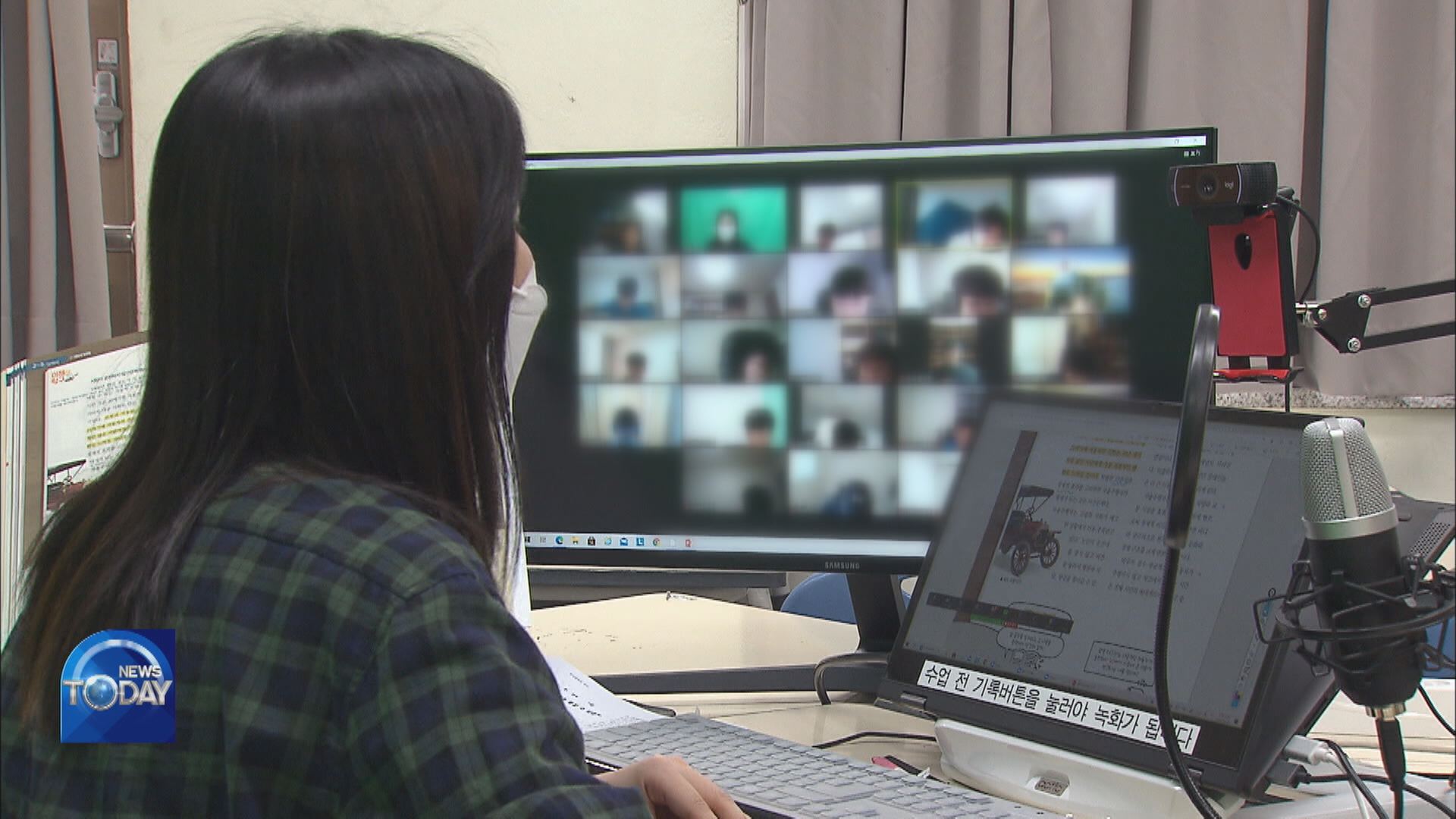
[Anchor Lead]
The uptick in online classes amid the pandemic had raised concerns of a widening educational gap among students. Well a new study shows this concern has turned into reality. A survey on academic achievement of middle and high school students nationwide last year indicates not only polarization but even a decline in student performance.
[Pkg]
A middle school in Seoul. Since the outbreak of the pandemic, alternating between off and online classes has become a norm.
[Soundbite] "Students, are you following my instructions?"
Starting this week, a portion of students returned to school for in-person classes, but small group activities are still off limits. The educational vacuum is palpably felt.
[Soundbite] Kim Yeong-chan(Official, Kwangsung Middle School) : "Middle-rank students can be susceptible to letting their guards down in the course of online classes and more individualized attention deemed difficult."
A civic group has analyzed data disclosed on an education information website, and the findings suggest several trends. Last year, at both middle and high schools nationwide, the number of middle ranking students has dropped. In the case of mathematics, this phenomenon was reported at nearly 76% of all surveyed middle schools and 66% of high schools.
[Soundbite] Kim Sang-woo(NGO advocating public education) : "The learning loss caused by fewer in-person classes has reduced the percentage of average rank students at both middle and high schools."
That's not all. The overall level of education has also suffered. At middle schools, polarization has become more evident where top and bottom rank students have increased simultaneously. However at high schools, a decline in academic achievement is the bigger concern, marked by fewer higher ranking students and a sharp rise in those in the lower ranks. With fewer physical classes taking place, academic assessment should also be adjusted to levels that are less difficult to students. But this is not feasible at high schools where students must also use their time to prepare for higher education, getting ready for college. This explains the growing number of students seeing their performance slow down. Parents are demanding government measures.
[Soundbite] Ki Suk-yeong(Parent) : "Authorities must be aware of the increasing variable of parents' financial ability when the responsibilities of public education cross over into the private sector."
One study after another continues to demonstrate the ever widening educational disparity. But since the start of the pandemic, authorities have not once conducted a nationwide survey on this growing concern.
The uptick in online classes amid the pandemic had raised concerns of a widening educational gap among students. Well a new study shows this concern has turned into reality. A survey on academic achievement of middle and high school students nationwide last year indicates not only polarization but even a decline in student performance.
[Pkg]
A middle school in Seoul. Since the outbreak of the pandemic, alternating between off and online classes has become a norm.
[Soundbite] "Students, are you following my instructions?"
Starting this week, a portion of students returned to school for in-person classes, but small group activities are still off limits. The educational vacuum is palpably felt.
[Soundbite] Kim Yeong-chan(Official, Kwangsung Middle School) : "Middle-rank students can be susceptible to letting their guards down in the course of online classes and more individualized attention deemed difficult."
A civic group has analyzed data disclosed on an education information website, and the findings suggest several trends. Last year, at both middle and high schools nationwide, the number of middle ranking students has dropped. In the case of mathematics, this phenomenon was reported at nearly 76% of all surveyed middle schools and 66% of high schools.
[Soundbite] Kim Sang-woo(NGO advocating public education) : "The learning loss caused by fewer in-person classes has reduced the percentage of average rank students at both middle and high schools."
That's not all. The overall level of education has also suffered. At middle schools, polarization has become more evident where top and bottom rank students have increased simultaneously. However at high schools, a decline in academic achievement is the bigger concern, marked by fewer higher ranking students and a sharp rise in those in the lower ranks. With fewer physical classes taking place, academic assessment should also be adjusted to levels that are less difficult to students. But this is not feasible at high schools where students must also use their time to prepare for higher education, getting ready for college. This explains the growing number of students seeing their performance slow down. Parents are demanding government measures.
[Soundbite] Ki Suk-yeong(Parent) : "Authorities must be aware of the increasing variable of parents' financial ability when the responsibilities of public education cross over into the private sector."
One study after another continues to demonstrate the ever widening educational disparity. But since the start of the pandemic, authorities have not once conducted a nationwide survey on this growing concern.
이 기사가 좋으셨다면
-
좋아요
0
-
응원해요
0
-
후속 원해요
0










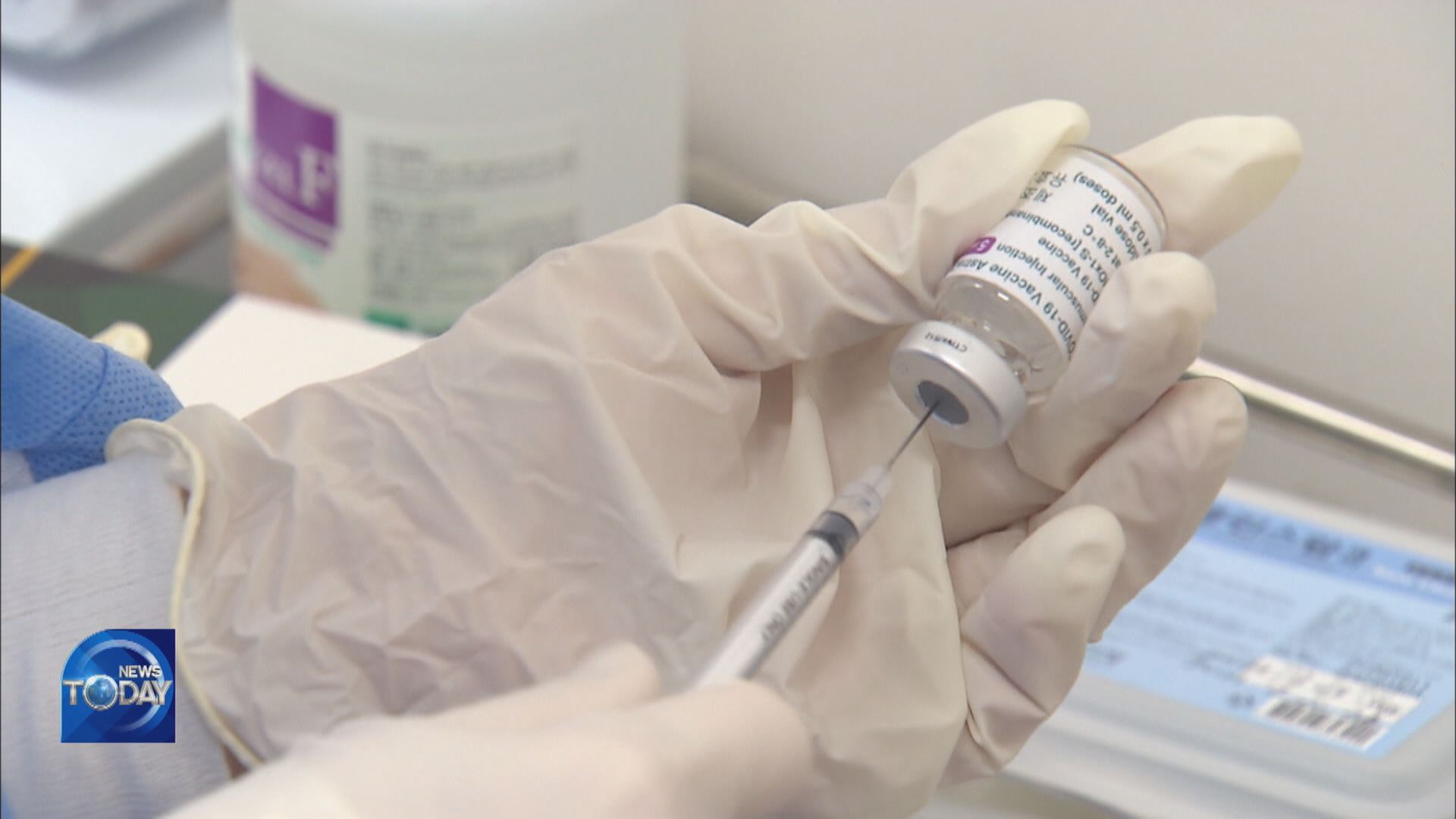

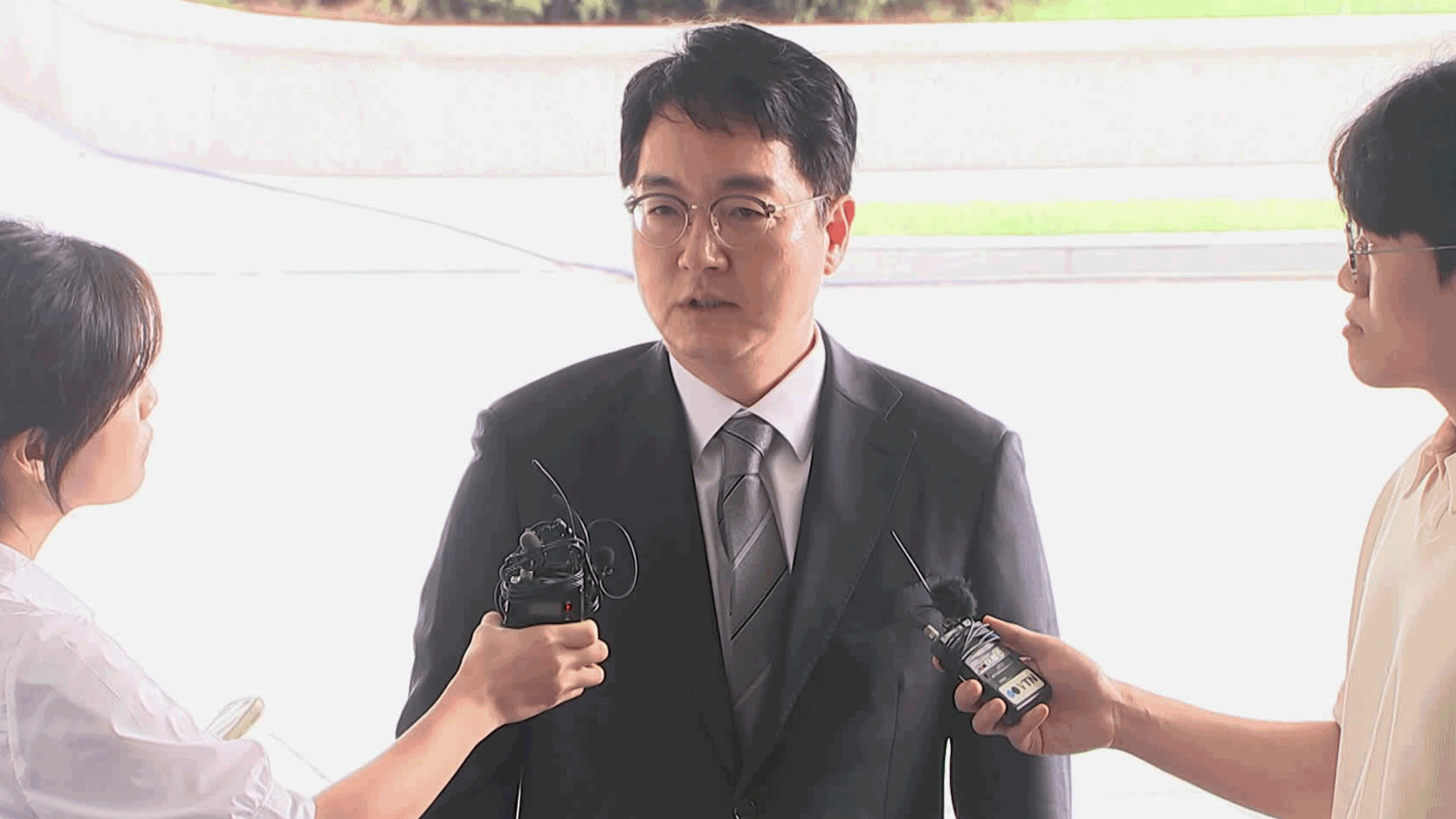
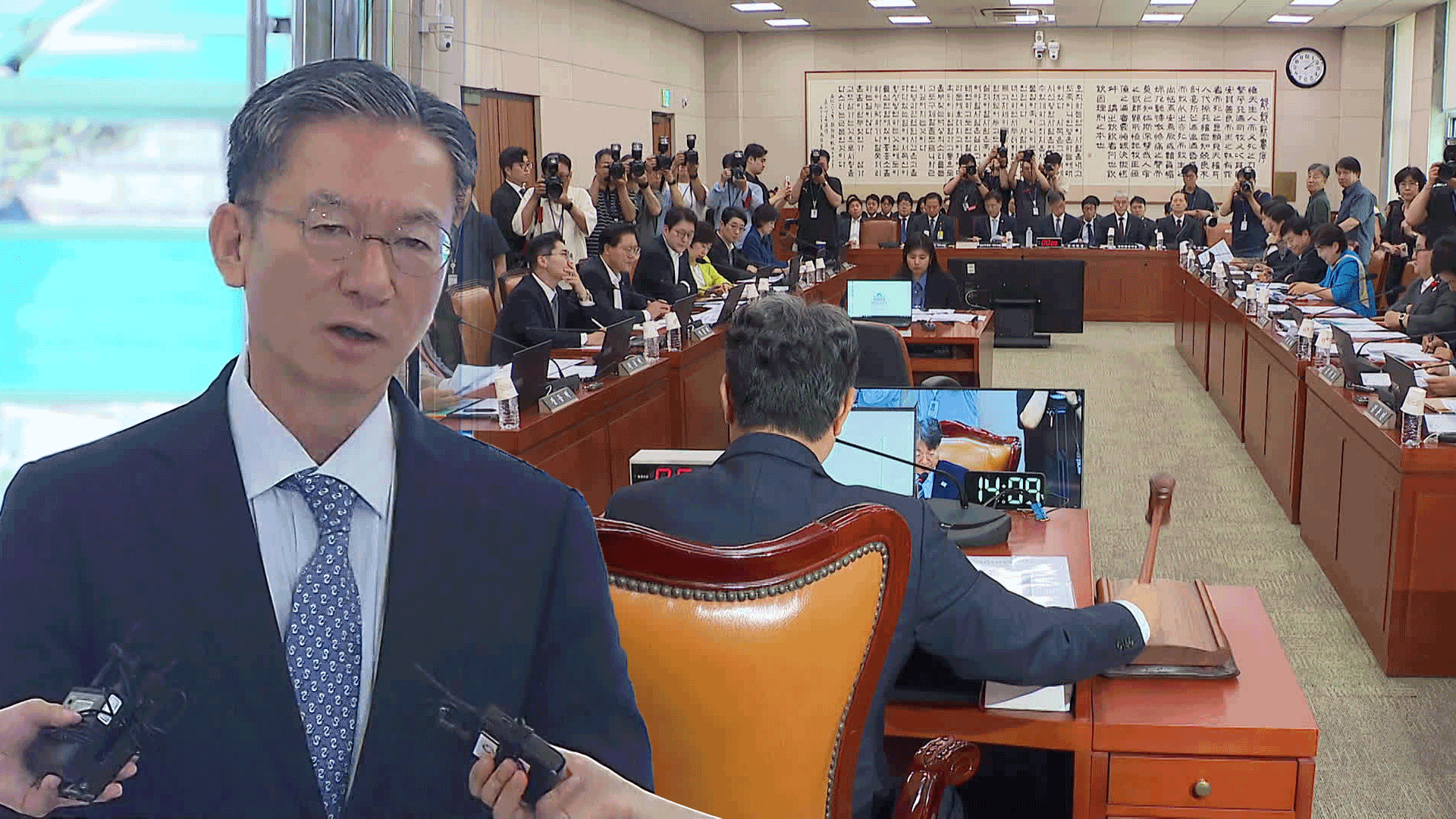
![[단독] 골프연습장 아니라더니<br>…‘한남동 골프연습장’ 도면 입수](/data/news/2025/07/01/20250701_Uh8Jnu.png)
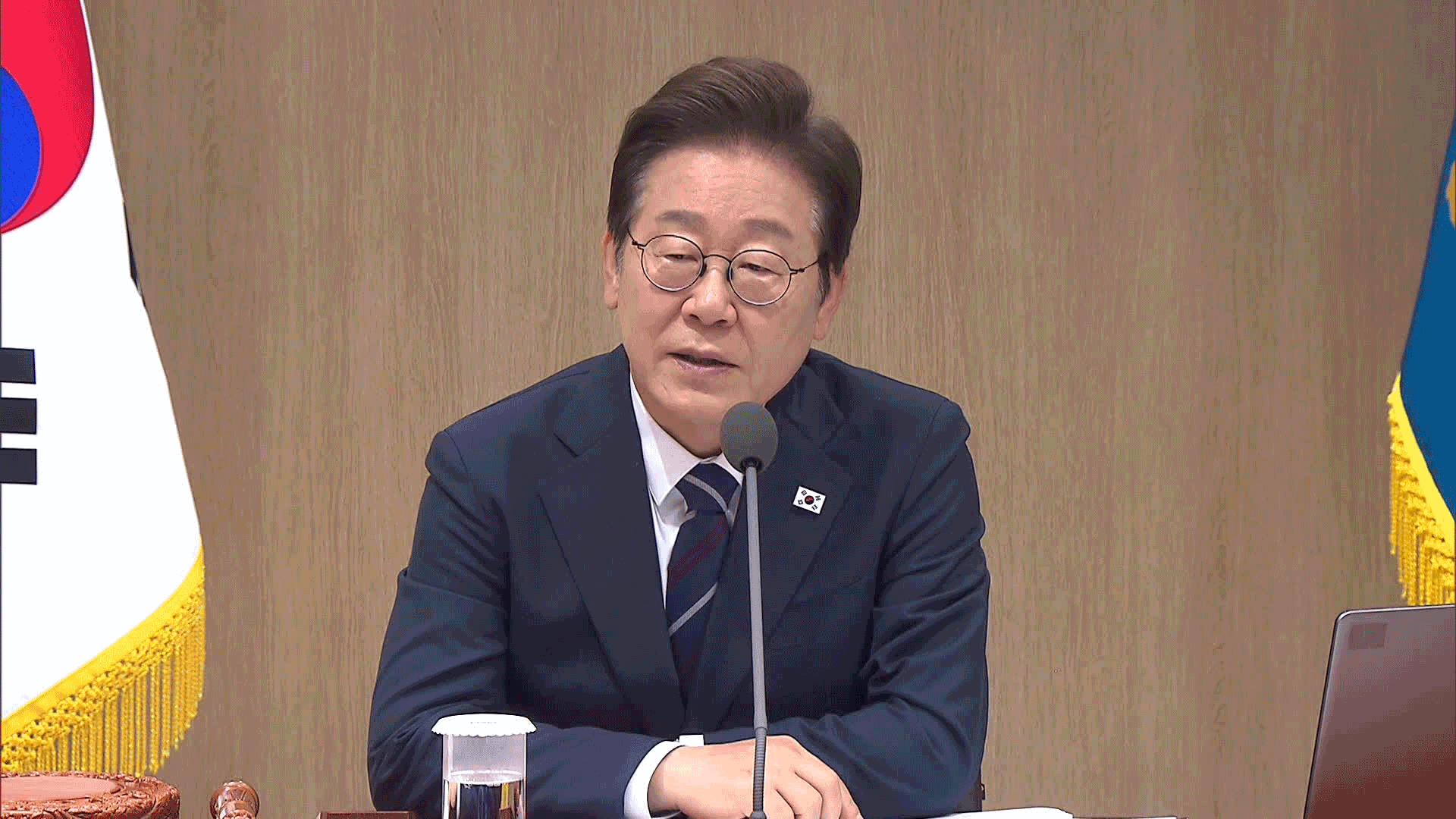

이 기사에 대한 의견을 남겨주세요.